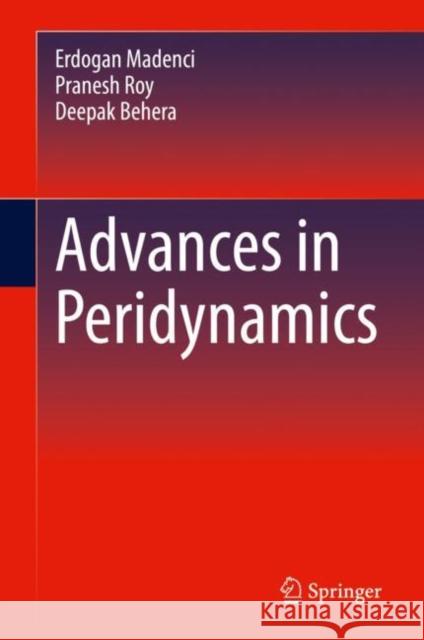Advances in Peridynamics » książka
topmenu
Advances in Peridynamics
ISBN-13: 9783030978570 / Angielski / Twarda / 2022
Advances in Peridynamics
ISBN-13: 9783030978570 / Angielski / Twarda / 2022
cena 883,53
(netto: 841,46 VAT: 5%)
Najniższa cena z 30 dni: 848,19
(netto: 841,46 VAT: 5%)
Najniższa cena z 30 dni: 848,19
Termin realizacji zamówienia:
ok. 22 dni roboczych
Dostawa w 2026 r.
ok. 22 dni roboczych
Dostawa w 2026 r.
Darmowa dostawa!
This book presents recent improvements in peridynamic modeling of structures. It provides sufficient theory and numerical implementation helpful to both new and existing researchers in the field. The main focus of the book is on the non-ordinary state-based (NOSB) peridynamics (PD) and its applications for performing finite deformation. It presents the framework for modeling high stretch polymers, viscoelastic materials, thermoelasticity, plasticity, and creep. It provides a systematic derivation for dimensionally reduced structures such as axisymmetric structures and beams. Also, it presents a novel approach to impose boundary conditions without suffering from displacement kinks near the boundary. Furthermore, it presents refinements to bond-based PD model by including rotation kinematics for modeling isotropic and composite materials. Moreover, it presents a PD – FEM coupling framework in ANSYS based on principle for virtual work. Lastly, it presents an application of neural networks in the peridynamic (PINN) framework. Sample codes are provided for readers to develop hands-on experience on peridynamic modeling.
- Describes new developments in peridynamics and their applications in the presence of material and geometric nonlinearity;
- Describes an approach to seamlessly couple PD with FE;
- Introduces the use of the neural network in the PD framework to solve engineering problems;
- Provides theory and numerical examples for researchers and students to self-study and apply in their research (Codes are provided as supplementary material);
- Provides theoretical development and numerical examples suitable for graduate courses.











